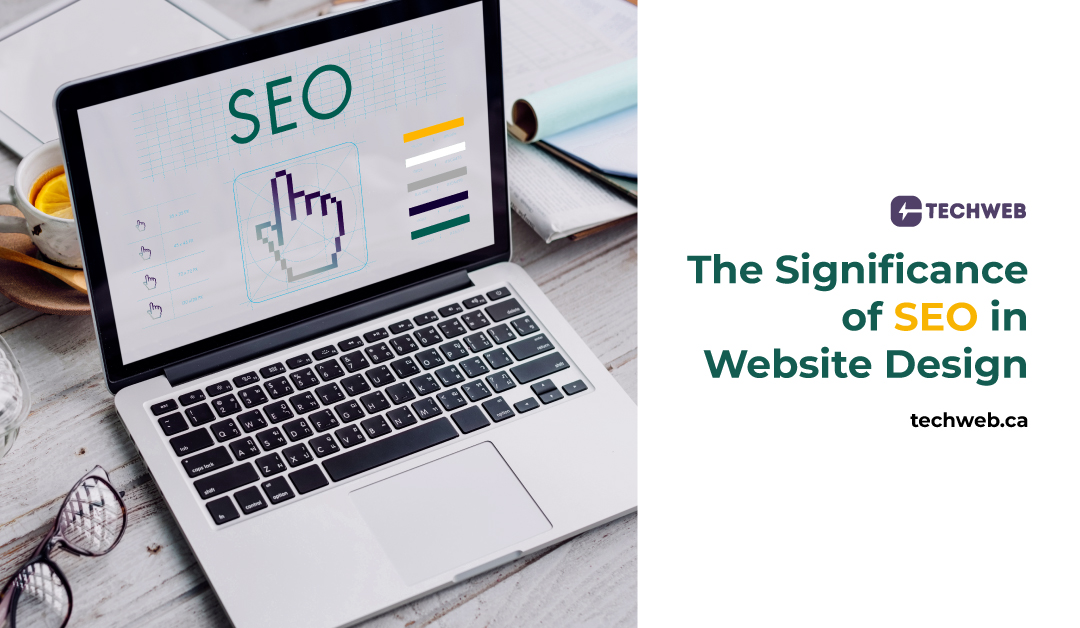The Significance of SEO in Website Design
In today’s digital age, a strong online presence is essential for businesses and organizations. To ensure your website is not just a digital placeholder but a powerful tool for attracting, engaging, and retaining visitors, it’s crucial to consider Search Engine Optimization (SEO) as an integral part of your website design process.
In this blog, we will delve into the significance of SEO in website design and how it can impact your online success.
Understanding SEO
SEO is a multifaceted approach aimed at improving a website’s visibility in search engine results. It involves optimizing various on-page and off-page elements to enhance a website’s search engine ranking. When potential customers or visitors search for information or products online, a well-optimized website is more likely to appear at the top of the search results, attracting organic (unpaid) traffic.
The Interplay Between SEO and Website Design
- Website Structure: The structure of your website, including its navigation, URL structure, and sitemap, plays a vital role in SEO. A well-organized and user-friendly site structure improves the user experience and search engine indexing.
- Page Load Speed: SEO is closely linked to website performance. Slow-loading websites can harm your search engine rankings. A responsive and fast website design is crucial for retaining visitors and ranking well.
- Mobile Optimization: As mobile device usage continues to rise, search engines give preference to mobile-friendly websites. Responsive design ensures that your site looks and functions well on all devices, which is crucial for SEO.
- Content Optimization: Content is at the heart of SEO. Well-optimized content that includes relevant keywords, high-quality text, and multimedia elements can significantly impact your website’s search engine performance.
- Meta Tags and Descriptions: The meta tags, titles, and descriptions used in your website’s HTML code provide search engines with valuable information. Optimizing these elements can improve search engine rankings.
- Image and Multimedia Optimization: Images and multimedia content should be optimized for faster loading and better search engine indexing. Alt tags and captions are essential for SEO.
- Internal and External Links: Internal links within your website and external backlinks from authoritative sources are essential for SEO. They help search engines understand your content and establish your website’s credibility.
The Impact of SEO on User Experience
SEO is not just about search engines; it also enhances the user experience. A well-optimized website:
- Loads quickly, reducing bounce rates and retaining visitors.
- Offers intuitive navigation and a clear structure.
- Provides valuable and relevant content.
- Works seamlessly on all devices.
- Is more likely to rank higher in search engine results, increasing its discoverability.
SEO as a Long-Term Strategy
SEO is a long-term strategy that continues to pay off over time. A well-optimized website steadily climbs the search engine rankings and can maintain its position with ongoing maintenance and updates. This results in sustained organic traffic and an enhanced online presence.
SEO is not a separate entity from website design; it is an integral part of it. A well-designed website that integrates SEO best practices offers a competitive edge in the online landscape. By focusing on the interplay between SEO and website design, you can create a user-friendly, high-performing website that ranks well in search engine results, attracts more organic traffic, and contributes to your online success. When planning a website design or redesign, remember that SEO should be at the forefront of your strategy to maximize your digital impact.

